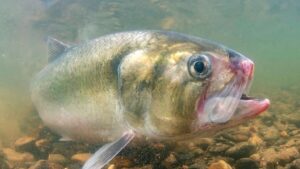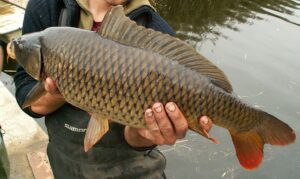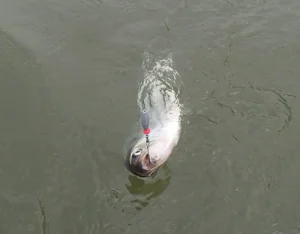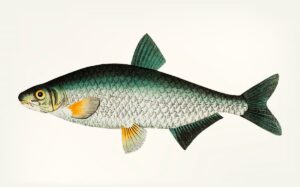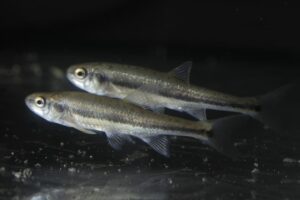Panfish: European Smelt (Osmerus eperlanus)
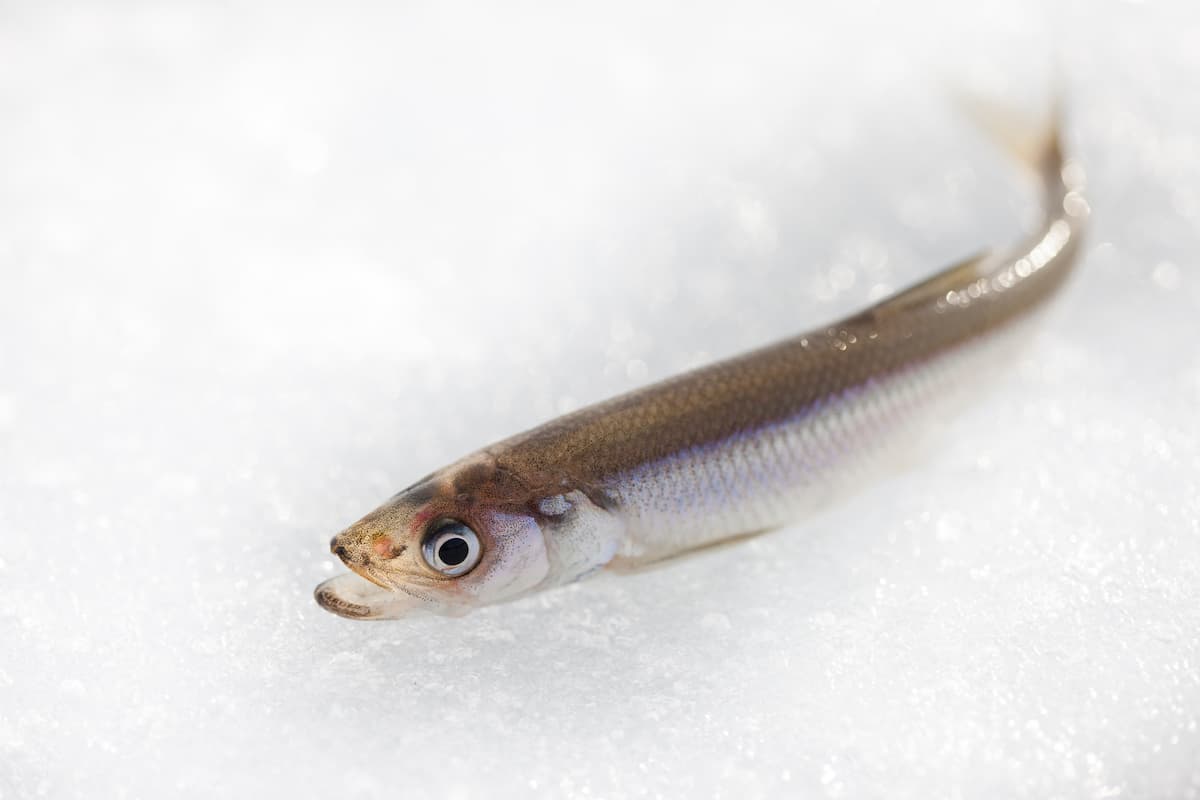
Explore the fascinating world of the European Smelt (Osmerus eperlanus), also known as the European smelt or smelt of Europe.
Learn everything about this intriguing fish species, from its unique characteristics to its natural habitat and ecological role.
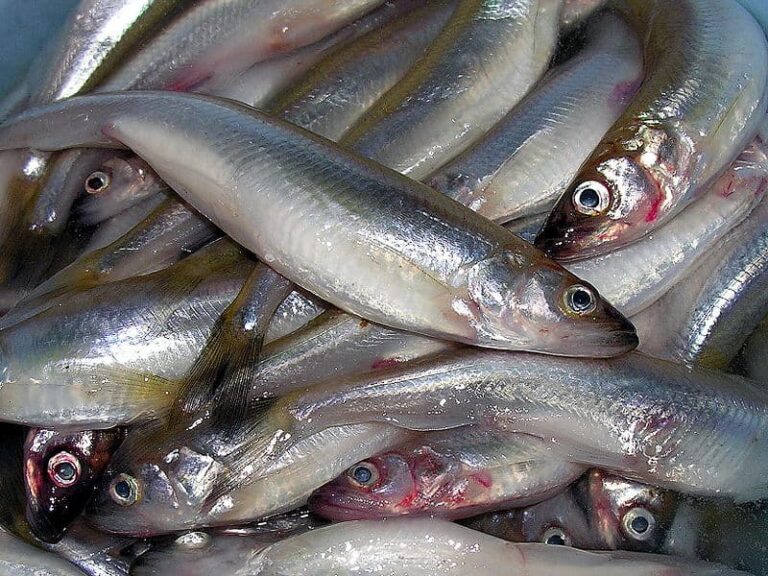
What is a European Smelt (Osmerus eperlanus)?
The European smelt is a small fish, typically measuring between 15 and 20 centimetres (5.9-7.9 inches) in length. Its silvery colour and slender shape distinguish it, making it an elegant specimen to observe. Beyond its beauty, the European smelt is essential in the aquatic food chain, serving as prey for many predators such as seabirds and larger fish. Its presence is crucial in maintaining the balance of the marine ecosystem.
Characteristics of the European Smelt
Distinctive Physical Appearance
The European smelt stands out with its unique physical appearance. Its head is relatively small compared to its body, and its lower jaw is slightly protruding.
The fins of the European smelt are notable, with a dorsal fin located near the middle of its back and an anal fin situated further back. Its caudal fin is bifurcated, allowing for swift and agile swimming. Its pelvic and pectoral fins are well-developed, enabling precise movement in its aquatic habitat.
Its eyes are dark in colour, and its body is olive green with iridescent reflections. It also has a well-defined lateral line and an adipose fin.
| Class |
| Actinopterygii |
| Order |
| Osmeriformes |
| Family |
| Osmeridae |
| Genus |
| Osmerus |
| Species |
| O. eperlanus |
| Binomial Name |
| Osmerus eperlanus (Linnaeus, 1758) |
Size and Weight
The European smelt (Osmerus eperlanus) can measure from 15 to 20 cm, with some individuals reaching up to 35 cm.
Lifespan
The lifespan of the European smelt is relatively short, typically up to 5 years.
Behaviour and Feeding Habits
Natural Habitat of the European Smelt
The European smelt is commonly found in the northern regions of Europe along the Atlantic coast, in coastal and estuarine waters. It prefers cold and well-oxygenated waters, making it sensitive to environmental changes, especially global warming and water pollution. It is a gregarious fish, often seen in large schools near the bottom.
Diet of the European Smelt
The European smelt primarily feeds on plankton, small crustaceans, and insect larvae. It plays an essential role in controlling these organisms’ populations, helping maintain their habitat’s ecological balance. More importantly, the European smelt is a vital prey for many predatory fish species, making it a crucial link in the aquatic food chain.
Life Cycle and Reproduction
The European smelt reproduces in fresh water at the end of winter. Females lay many eggs, thus contributing to the species’ survival. The European smelt is renowned for its spectacular migration during the spawning season. It then leaves salty or brackish waters to ascend freshwater streams, often attracting nature observers.
Freshwater Fishing Techniques for the European Smelt
Fishing techniques for the European smelt vary depending on the habitat and time of year. Here are some commonly used methods:
Senne Fishing: This method involves using a vertical net, called a senne, which is pulled along the bottom or surface to encircle schools of smelt. It is often practised in shallow waters or during the smelts’ migrations.
Gillnet Fishing: Gillnets are vertical nets suspended in the water, where the openings in the net trap fish. This technique is effective but must be used cautiously to avoid the bycatch of other species.
Line Fishing: For amateur fishermen, line fishing with small hooks and specific baits (such as small insects or larvae) can be an effective and environmentally friendly way to capture smelt.
Pole Fishing: This technique uses a fixed fishing rod and bait to attract smelt. It is popular in freshwater fishing areas, especially during the smelts’ migrations to rivers for spawning.
Ice Fishing: In northern regions, ice fishing can be productive, particularly in winter when smelts gather in large schools under the ice.
It is important to note that regulations on smelt fishing can vary by region and country. Quotas, fishing seasons, and permitted methods are often defined to ensure the sustainability of this species. Fishermen are encouraged to inquire about local regulations and practice responsible fishing.
Ecological Importance of the European Smelt
Conservation Status According to the IUCN Red List
The European smelt (Osmerus eperlanus) is currently classified as “LC” (Least Concern) species on the IUCN Red List, meaning it does not face an immediate risk of extinction.
Role in the Food Chain
As prey for many predators, the European smelt plays a crucial role in the food chain of aquatic ecosystems. Additionally, the European smelt contributes to maintaining the balance of its prey populations, limiting the excessive proliferation of certain organisms. Therefore, its presence in marine ecosystems is essential for ensuring the health and diversity of aquatic fauna and flora. By understanding the ecological importance of the European smelt, we can better appreciate and protect this vital element of our marine ecosystems.
Impact on the Aquatic Ecosystem
By controlling plankton populations and other organisms, the European smelt contributes to maintaining the ecological balance of coastal and estuarine waters.
Threats and Conservation of the European Smelt
Although the European smelt is not currently facing significant threats, the degradation of its habitat and water pollution could affect its populations. Therefore, it is essential to take measures to conserve this species.

